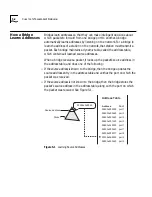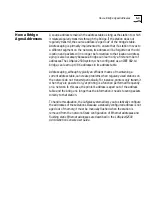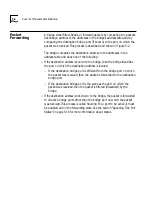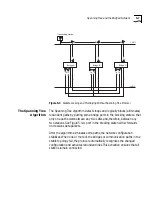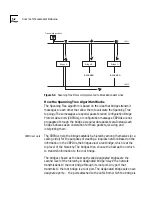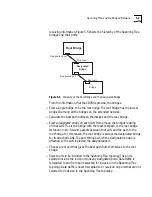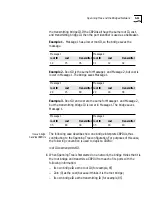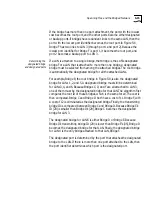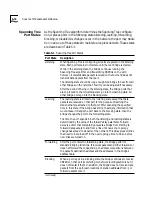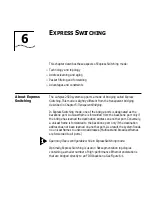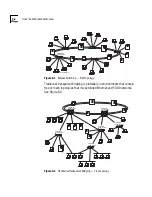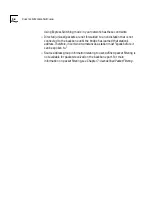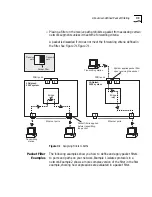
5-16
C
HAPTER
5: T
RANSPARENT
B
RIDGING
Spanning Tree
Port States
As the Spanning Tree algorithm determines the Spanning Tree configura-
tion, it places ports in the following states: listening, learning, forwarding,
blocking, or disabled. As changes occur in the network, the port may transi-
tion in and out of these states to maintain a loopless network. These states
are described in Table 5-1.
Table 5-1
Spanning Tree Port States
Port State
Description
Listening
When Spanning Tree is configuring, all ports are placed in the listening
state. Each port remains in this state until the root bridge is elected.
While in the listening state, the bridge continues running the
Spanning Tree algorithm and transmitting CBPDUs on the port;
however, it discards data packets received on that port and does not
transmit data packets from that port.
The listening state should be long enough for a bridge to hear from all
other bridges on the network. This time can be adjusted if necessary.
After the period of being in the listening state, the bridge ports that
are to proceed to the forwarding state go into the learning state. All
other bridge ports go into the blocking state.
Learning
The learning state is similar to the listening state except that data
packets are received on that port for the purpose of learning the
stations that are attached to that port. After spending the specified
time in this state, if the bridge has still not heard any information that
would make it change the port back to the blocking state, then the
bridge changes the port to the forwarding state.
The time the port spends in both the listening and learning states is
determined by the value of the
forward delay
parameter. Forward
delay is a timer that temporarily prevents a bridge from starting to
forward data packets to and from a link until news of a topology
change has spread to all parts of the network. This delay gives all links
that need to be turned off in the new topology time to do so before
new links are turned on.
Forwarding
After the port enters the forwarding state, the bridge performs
standard bridging functions. It receives packets and either forwards or
does not forward them, depending on address comparisons between
the packet’s destination address and the addresses in the bridge’s
address table.
Blocking
When a port is put in a blocking state, the bridge continues to receive
CBPDUs on that port (monitoring for network reconfigurations) but it
does not transmit them. In addition, the bridge does not receive data
packets from the port, learn locations of station addresses from it, or
forward packets onto it.
(continued)
Summary of Contents for LANPLEX 2500
Page 1: ...LANPLEX 2500 OPERATION GUIDE Part No 801 00344 000 Published November 1996 Revision 03...
Page 14: ......
Page 18: ...1 4 CHAPTER 1 LANPLEX MANAGEMENT AND ADMINISTRATION OVERVIEW...
Page 78: ...III Chapter 9 FDDI Overview and Implementation Chapter 10 FDDI Networks FDDI TECHNOLOGY...
Page 97: ...IV Chapter 11 ATM Networks ATM TECHNOLOGY...
Page 116: ...V Appendix A SNMP MIB Support Appendix B Technical Support APPENDIXES...

